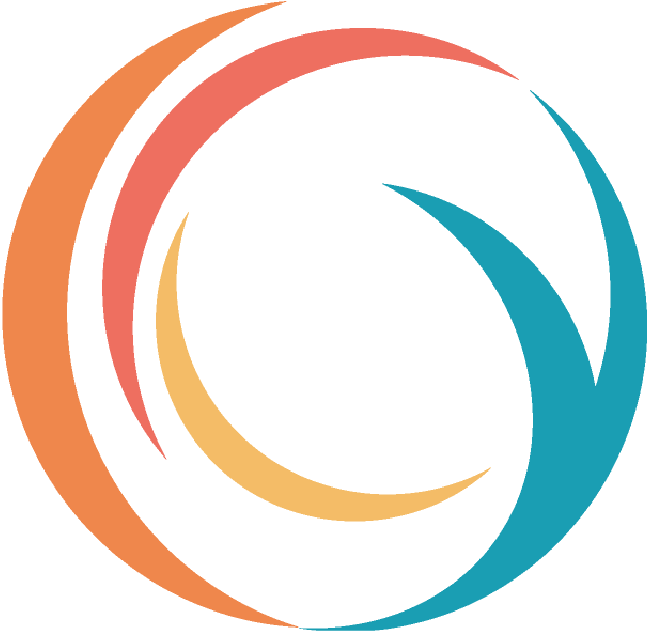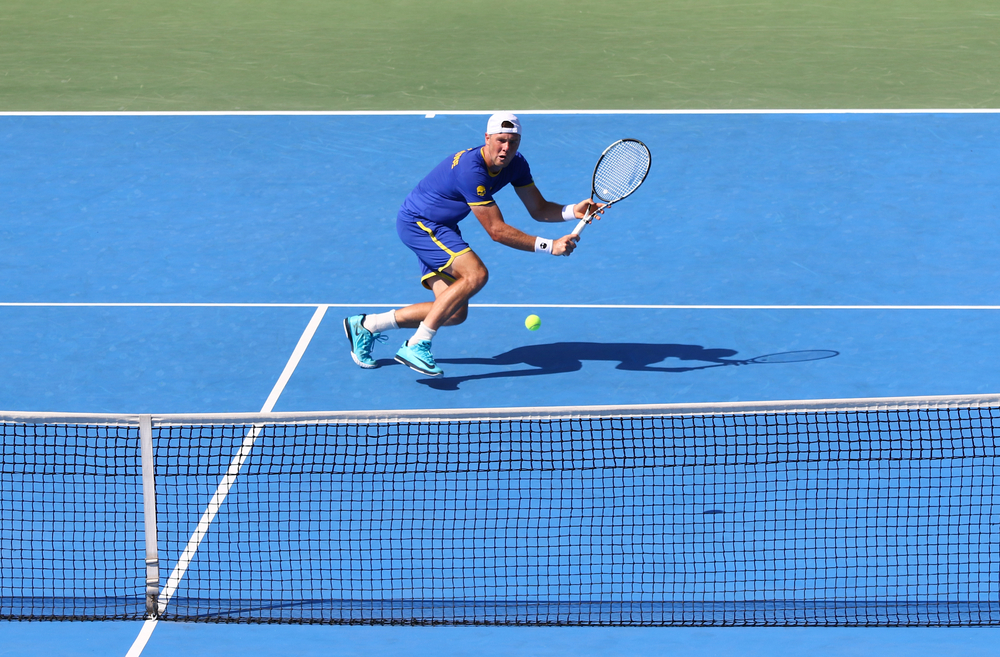Phoenix, AZ, is a wonderful city with beautiful weather conducive to outdoor activities such as tennis. Unfortunately, Phoenix tennis can sometimes result in Phoenix tennis elbow.
Tennis elbow is a painful condition that affects between one and three percent of the U.S. population. While it can happen to all ages, it is more common among people 30 to 50 years old.
If you experience pain and tenderness in your elbow that often radiates to your upper or lower arm, chances are, you have tennis elbow.
Luckily, tennis elbow (also known as pickleball elbow) is a highly treatable condition and typically doesn’t require surgery. From physical therapy to non-invasive platelet-rich plasma injection, we’ll talk about your best options for treating tennis elbow.
What Causes Tennis Elbow?
Tennis elbow or lateral epicondylitis is caused by the swelling of tendons and muscles in your forearms extending to your wrist and fingers.
These tendons are tough bands of tissues called extensor carpi radialis brevis that connect your forearm muscles to your elbow. Misuse or overuse of forearm muscles and tendons can cause pain and tenderness on the outside of your elbow.
Tennis elbow is often caused by excessive force when making a backhand stroke in tennis. As such, the tendons surrounding the outside of the elbow joint can become damaged.
Besides playing racquet sports, badminton, squash, and sports that involve throwing (such as javelin) can cause tennis elbow.
However, sports aren’t the only reason. As a matter of fact, many people who suffer from tennis elbow don’t play tennis or any similar sport.
As mentioned earlier, misuse or overuse of your tendons and forearm muscles through repetitive motion can lead to this painful condition.
For example, repetitive movements like painting with a brush roller, operating a chainsaw or meat cutter, and frequent use of hand tools can strain or cause small tears in the tendons, leading to inflammation and pain.
People whose jobs or hobbies require repetitive arm movements or gripping, such as typing, carpentry, knitting, and raking, are also vulnerable to this condition.
What Are the Symptoms of Tennis Elbow?

The symptoms of tennis elbow take place gradually. At first, you may experience mild pain that slowly worsens over the weeks and months.
You may feel pain or a burning sensation on the outer part of your elbow and more pain at night. People with tennis elbows also have weak grip strength.
These symptoms get worse with any forearm activity, such as turning a wrench, lifting a heavy object, or even simply shaking hands.
In most cases, your dominant hand is the one affected, but it can happen in both arms.
The major symptom of tennis elbow is pain and tenderness in the bony knob outside of your elbow (lateral epicondyle). The pain may radiate to the rest of your upper or lower arm.
Hence, it will likely hurt when you’re doing things with your hands.
Furthermore, you may experience severe pain whenever you lift your wrist joints to do something, make a fist or grip an object, raise your hand, or straighten your wrist.
To diagnose this condition, your doctor will perform a physical exam which involves applying pressure to the affected area. Your doctor may also ask you to move your elbow, arm, wrist, or finger in various ways.
For example, they may want you to flex your arm or elbow to see where it hurts.
Sometimes, your doctor may conduct X-ray or Magnetic resonance imaging scans to rule out other possible problems.
Non-Surgical Treatment Options for Tennis Elbow
Like other conditions, tennis elbow often gets better on its own.
Using an ice pack and taking pain medications can help. Some people choose to use steroidal anti-inflammatories (NSAIDs), but there’s very little research that suggests they can help. You can also wear an elbow brace to reduce pain, prevent further injury and allow your elbow tendons to rest and recuperate.
If your pain persists and has not improved after 2-3 weeks, or if over-the-counter medications and other self-care measures aren’t helping to prevent tennis elbow, your doctor might recommend therapy.
They may also suggest stretching exercises or how you do your tasks differently to lessen the strain on your elbow and arms.
Fortunately, surgery isn’t the only option for tennis elbow. In fact, there are better and more effective treatments for this painful condition that do not involve going under the knife.
At Full Circle, we offer a full spectrum of treatment options to relieve pain.
Because no two cases are exactly the same, we provide a comprehensive consultation to our clients to correctly diagnose their condition and determine the best treatment plan for them.
We take time to discuss your issue and evaluate it. On your first visit, expect to spend about an hour with one of our experts. During the consultation, we will review your medical records, imaging results, and other information to create the best treatment plan for you.
On top of these, we offer our years of experience utilizing various techniques to diagnose elbow pain properly.
What Do We Do To Treat Tennis Elbow?

Depending on your case, we offer varying treatments for sports injuries and other forms of physical conditions, including tennis elbow.
Platelet Rich Plasma (PRP) Injection
PRP injection is a safe, fast, and effective procedure for treating tennis elbow pain. This treatment for arm pain involves injecting a patient with a concentration of their own platelets to facilitate the healing of joints, muscles, and ligaments.
How Does It Work?
In PRP, we take a sample of the patient’s blood and separate it into white blood cells, red blood cells, and platelet-rich plasma. This is done in a centrifuge and injected into a patient’s injured area.
Unlike conventional treatments for elbow tendonitis, PRP injections offer amazing results with little to no risks.
Studies show that patients with tennis elbow improved their condition by 71% in up to 24 weeks compared to the control group. Moreover, those who received PRP injections had fewer side effects.
You can expect pain relief in three to four weeks and full recovery after four or six months. Still, note that the healing rate varies from one person to another as some patients’ reaction to PRP injections is better than others.
Moreover, your healing rate will depend on the severity and duration of your condition.
Besides elbow tennis, PRP treatments are used to treat tendon, ligament, muscle, and joint injuries, osteoarthritis, hair loss, and skin problems.
Exosome Treatment
At Full Circle, we combine PRP and exosomes to provide faster pain relief and decreased swelling at the injection site.
Exosomes are tiny, fluid-filled sacs found outside your body cells. They have essential functions, such as transferring RNA, DNA, and proteins to other cells in your body.
As such, they deliver therapeutic molecules to specific cells in the body (in this case, to your elbow), thereby healing damaged tissues and improving neural communication.
Exosome or regenerative cell therapy is a safer and more effective alternative to steroids and surgery. It can help address a wide range of conditions, including chronic pain, osteoarthritis, and musculoskeletal injuries.
Trigger Point Injections
Another option for treating pickleball elbow is trigger point injections.
It’s a neuromuscular therapy combined with medication for correcting muscular imbalances and relieving pain. During the treatment, our expert Full Circle physical therapist will stretch and apply pressure to areas in your arms to relieve tension and promote healing. Then, they will inject either local anesthetic and/or low dose steroid or non-steroid.
Besides elbow pain, trigger point injections may also be used to treat muscle tightness and injury, carpel tunnel syndrome, and repetitive strain injury.
Get Back On Track in No Time!
If you’re struggling with the excruciating pain and considerable discomfort of tennis elbow, we’re here to help.

Our expert therapists at Full Circle Orthopedics and Sports Medicine clinic use a number of treatments to help you regain pain-free movement without a knife or scalpel.
Our services are evidence-based, completely safe, and much more affordable than surgery.
Our noninvasive procedures mean there are no incisions or stitches and, best of all, no scarring. Surgery often leaves telltale signs. Our non-surgical services will only give you one sign: your smile.
Moreover, all the procedures are done in our clinic, so there’s no need for you to undergo hospital-type preparation or get stuck in a hospital waiting room for hours.
Lastly, our services carry minimal risks and complications. We utilize your body’s own healing capabilities to address muscle, tendon, and joint pain. Although all procedures carry some risks, our treatments have an extremely low chance of major problems.
If you’re ready to improve how you feel through one of our non-invasive procedures, we look forward to seeing you.
We’ve performed over 30,000 injections, completed over 80,000 patient visits and helped thousands of active people avoid orthopedic surgery in Phoenix.
Schedule your consultation at Full Circle Orthopedic and Sports Medicine today. We’re here to help you get back up to speed.



